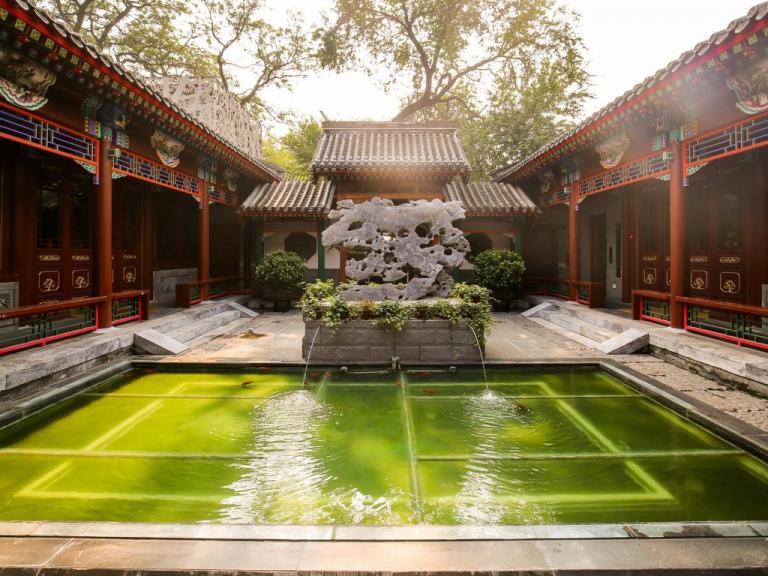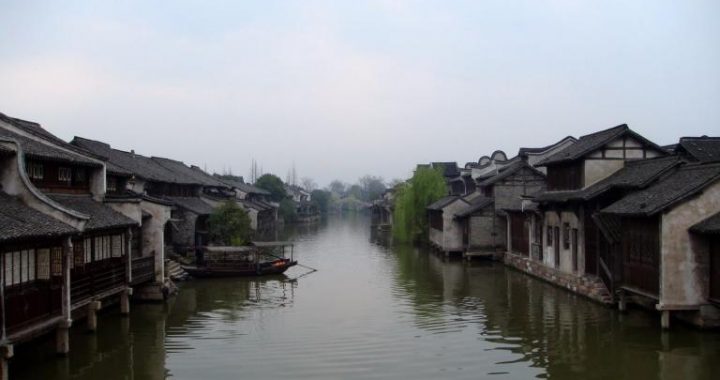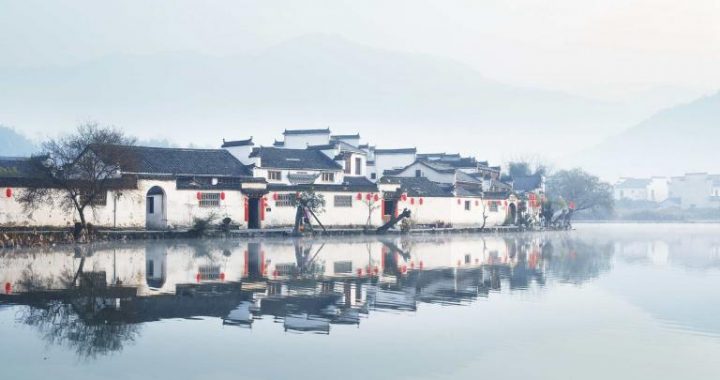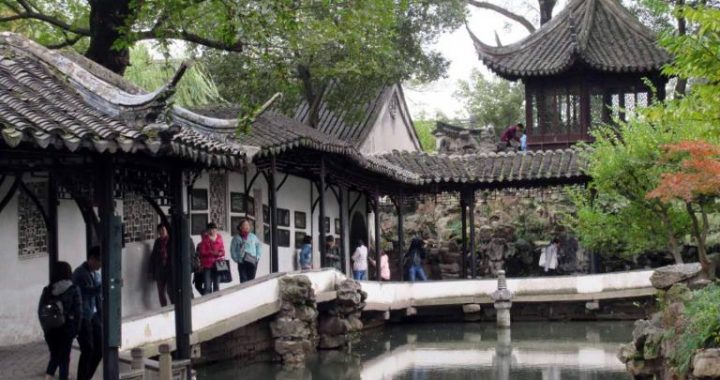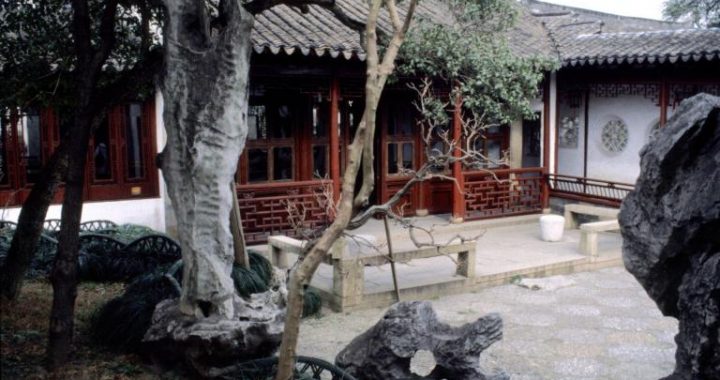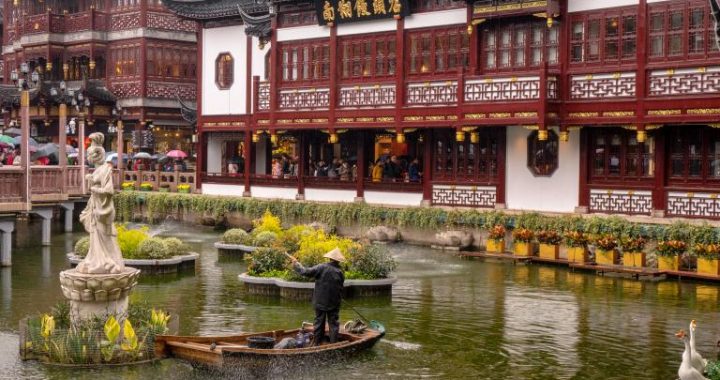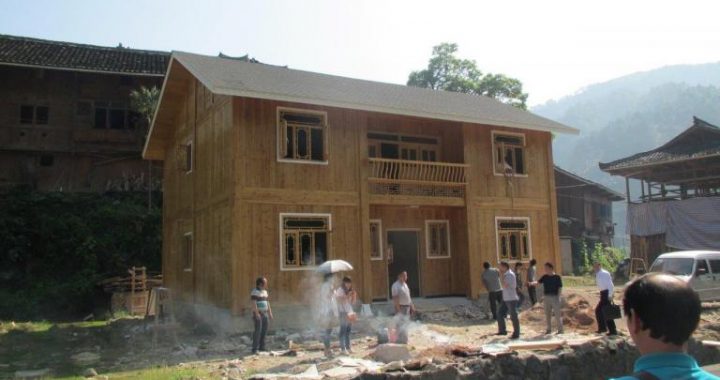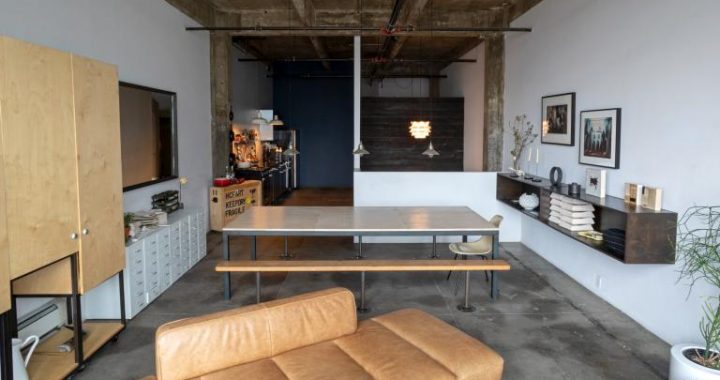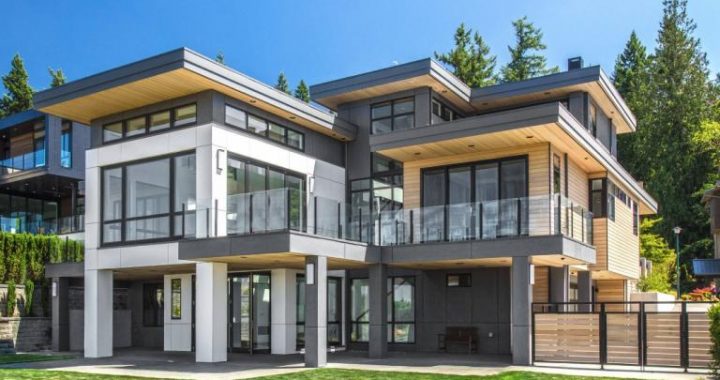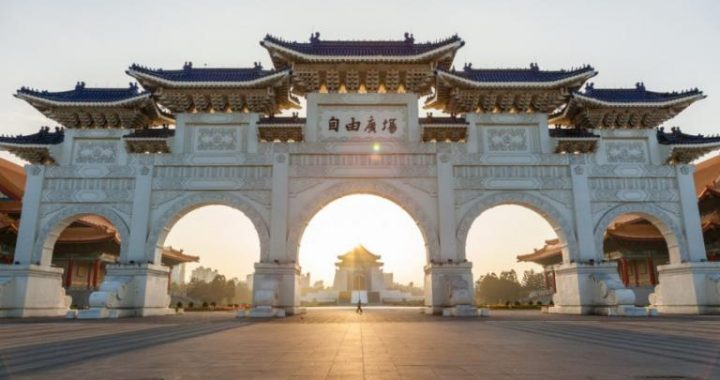Siheyuan in Beijing
5 min readChina is a country of vast territory with many distinctive local customs leading to the emergence of a rich range of folk architectural styles.Here we will discuss four architectural styles:the siheyuan,or courtyard in Beijing the ancient town of Lijiang in Yunnan,the folk residences in the mountains of Anhui Province,and the ancient town of Xitang south of the lower Yangtze River.Each has its own unique characteristics,while at the same time well reflecting the Chinese style of civil residences
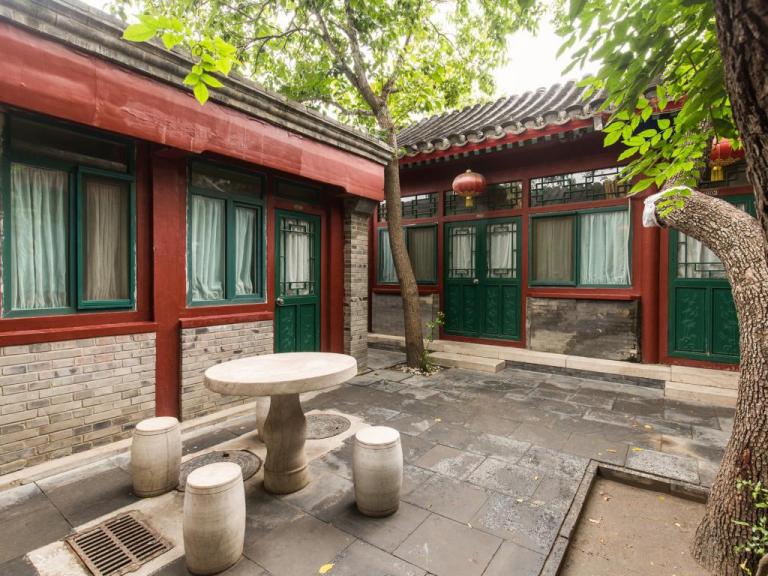
Siheyuan in Beijing
The courtyard architectural style exists in both southern and northern China The courtyards of yunnan in southern China are famous for the elegance of their white walls,black tiles,colorful paintings,and stone and brick carvings in addition to lush green foliage.Courtyards in the north are represented by the siheyuan in Beijing,a symbol of the city
The outstanding feature of a beijing sihe yuan is the “yard, a closed space formed by four rows of houses on its four sides, with only one gate leading tothe outside world. If there are windows facing outside, they exist only on the southern wall of the southern house and high above the ground it makes for a completely secluded world, once the gate is closed
As the main style of civil residence in Beijing, the siheyuan first appeared in the Yuan Dynasty(1206-1368), when Beijing became the capital city. In the urban design of the time civil residences were required to be built in a courtyard style, in which connected courtyards formed the alleys and blocksThough each unit was independent these courtyards formed an organic part of the city landscape
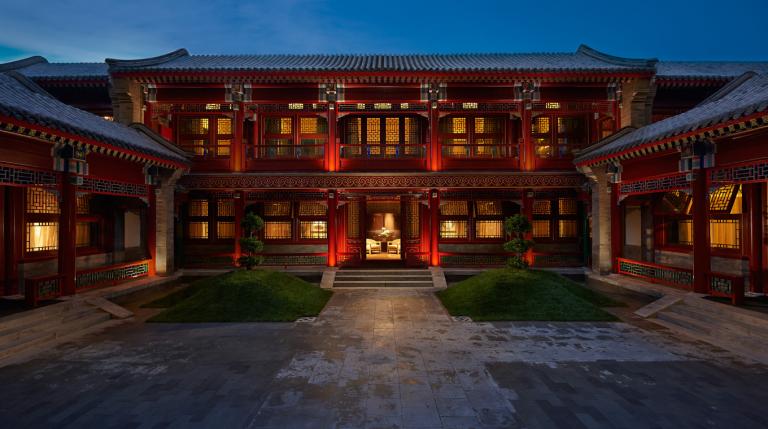
The closed courtyard style was inherited by later generations because it well suited the geographic characteristics of the area. Beijing, as a large city and a transport hub. had a large population of migrant people safety was an important factor that had to be taken into consideration. And the courtyard, with its higl strong walls. locked gates and high windows, well served this purpose Beijing is a city that frequently endured sandstorms in the spring and icy cold winds in the winter. The limited number of windows of a courtyard prevented the sand from invading, while keeping the bone-biting cold air and wind outside Today, many siheyuans have been torn down, and their residents have moved into high-rises. However, at night when cold winds roar, people often miss the peace of the courtyard, which once served as a haven for their ancestorsThough closed, a siheyuan is a compact world. Once inside the courtyard, there is a screen behind which is the chuihua gate. or the inner gate that has a decorative roof with short carved posts hanging down from the four corners This inner gate leads to a yard the center of the courtyard Opposite the inner gate is the main house, flanked by a row of rooms on each side. All the doors of the rooms open into the yard. Inside the yard can be found goldfish tanks and different kinds of plants and flowers, such as plum and date trees, Chinese flowering crabapple, pomegranate, oleander, and Chinese wisteria. Residents can thus appreciate flowers in the spring, have shade in the summer and harvest in autumn-“not a day without something fine to enjoy all year round, “as contemporary Chinese writer Yu Dafu(1895-1945) once remarked The courtyard was not only a world of fragrant flowers and lively creatures, but also a harmonious world of a huge family. a siheyuan usually belonged to one family of several generations. They would live in different rooms according to seniority, respecting, loving and caring for each other. Whether the outside world was turbulent or not, the inside always had spring sunshine, warmth and love, a peaceful, comfortable sanctuary for family members Later, different families moved into one courtyard; however, its advantages were not lost. The family atmosphere still remained and would touch the hearts of all residents, who, like one big family, supported and cared for each other. This family atmosphere is cherished in the memory of all those who once lived in a siheyuan
Siheyuans in Beijing are also highly valuable in artistic terms. The gate of each courtyard is artistically accomplished, with carvings and paintings Such artwork, along with the stone piers that support the pivot of the gate, all demonstrate Chinese craftsmens unique management of space and color. The chuihua gates carved posts hanging down from the four corners and the carved stone piers on the ground present a dignified splendor. The screen opposite the gate is a place to give flight to the imagination, and upon which there are always novel brick carvings. People appreciate siheyuans because each is a world of art that adds significance to their lives
The feature of a siheyuan most worthy of admiration is that each and every one of its details manifest the idea of its harmonious existence with nature. facing toward the south, a Siheyuan enjoys ample sunshine in winter and refreshing
cool in summer. The house in the north is the most important locale, enjoying the best energy of the courtyard. The gate opens southeast instead of being on the axis line of the compound. To enter into the yard, one needs to walk around the screen; thus passersby outside cannot witness the activities inside. Moreover the screen prevents the wind from directly blowing in when the gate is opened as well as adding diversity to the strict layout of the courtyard. Corridors inside connect all the rooms and give shelter to the residents on rainy or snowy days. As the southern exposure of a house usually takes in a great deal of heat in summer, a siheyuan, usually consisting of three yards in a row, is usuall designed narrow east and west and long north and south, to reduce the chance of exposure to the sun
Siheyuan is the creative product of human beings taking careful consideration of thecharacter”of nature, and making full use of its favors. It is a good example of harmonious coexistence between humans and nature
